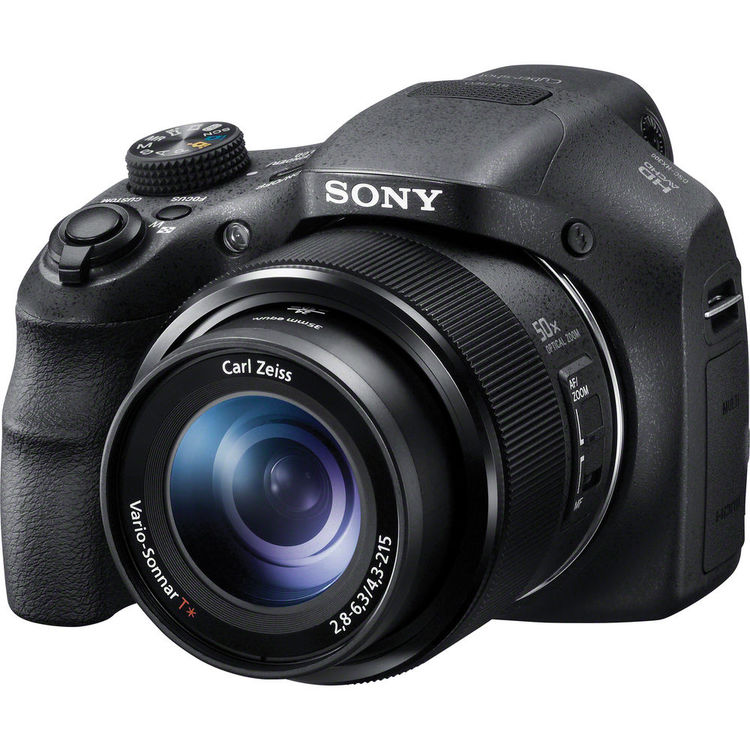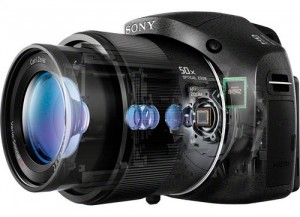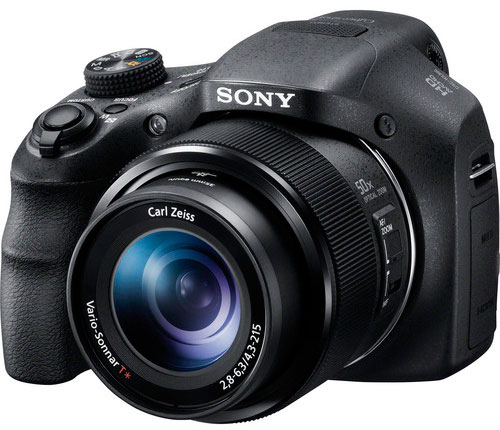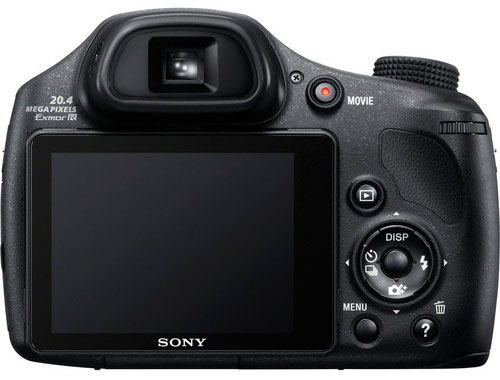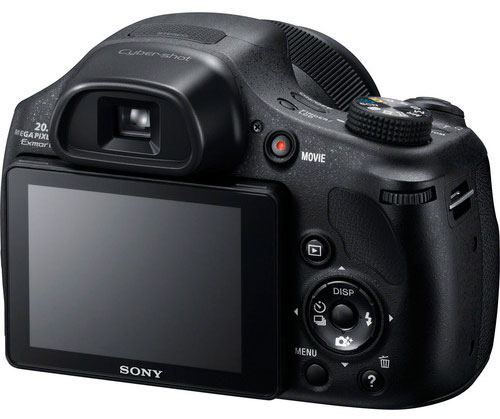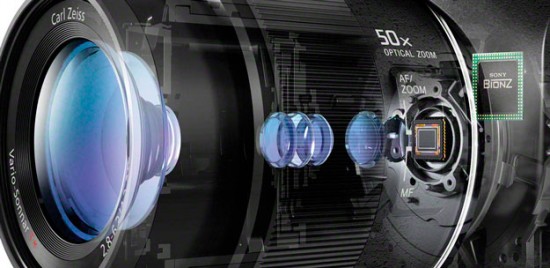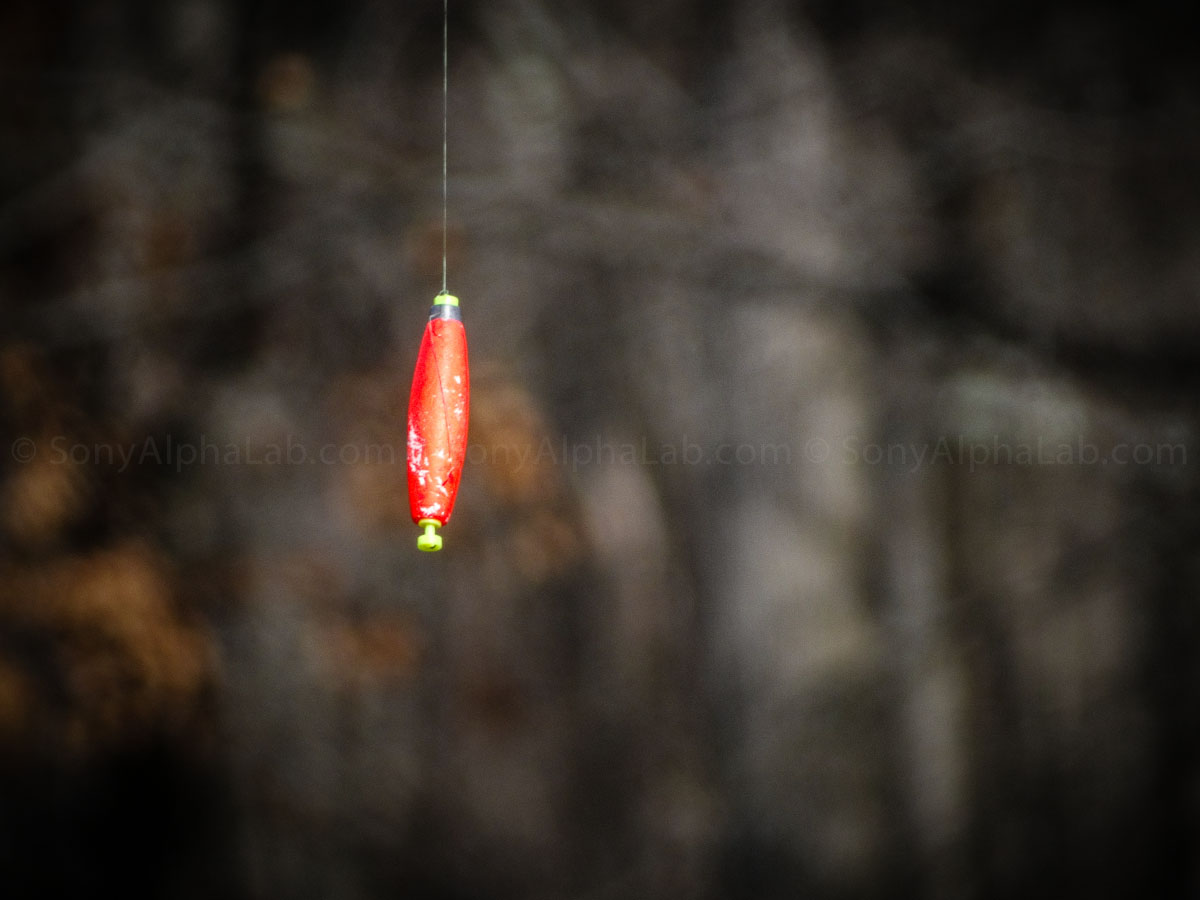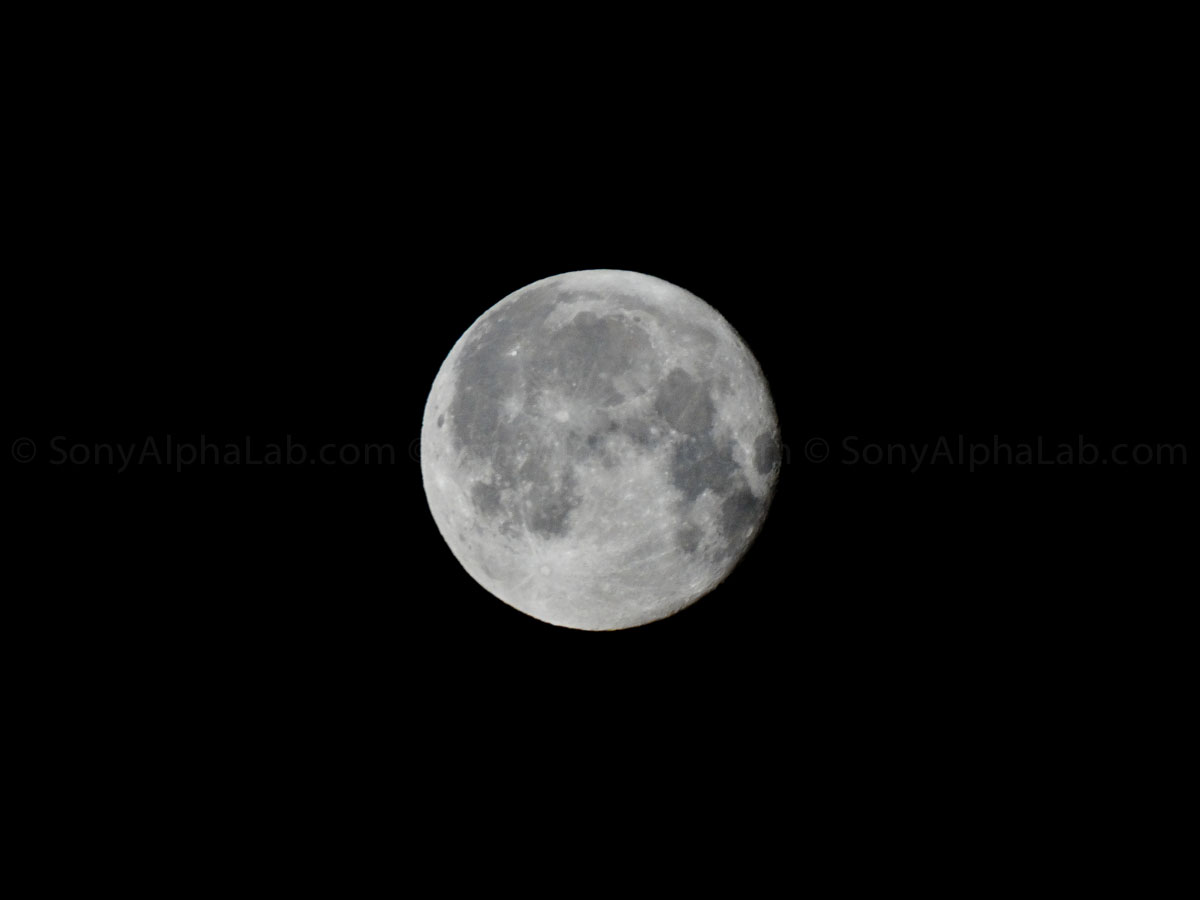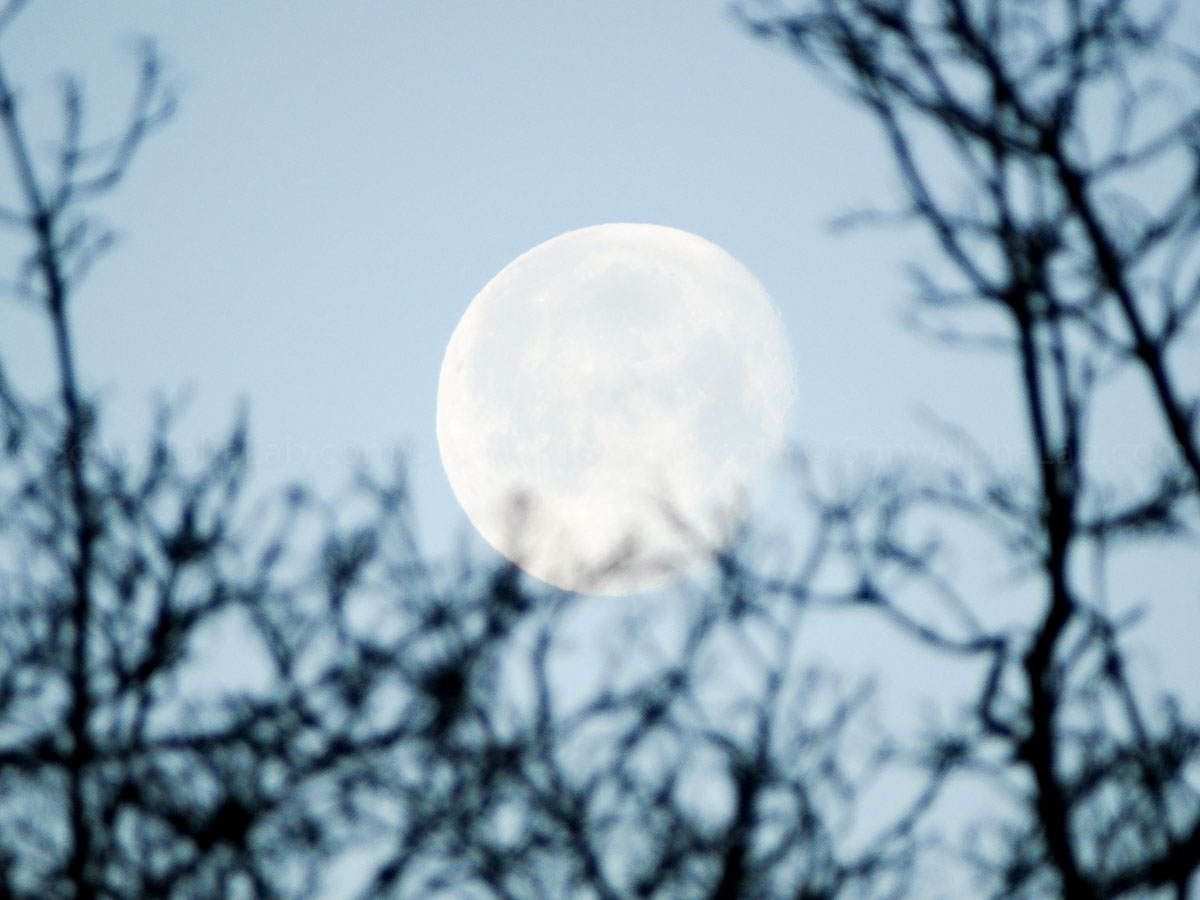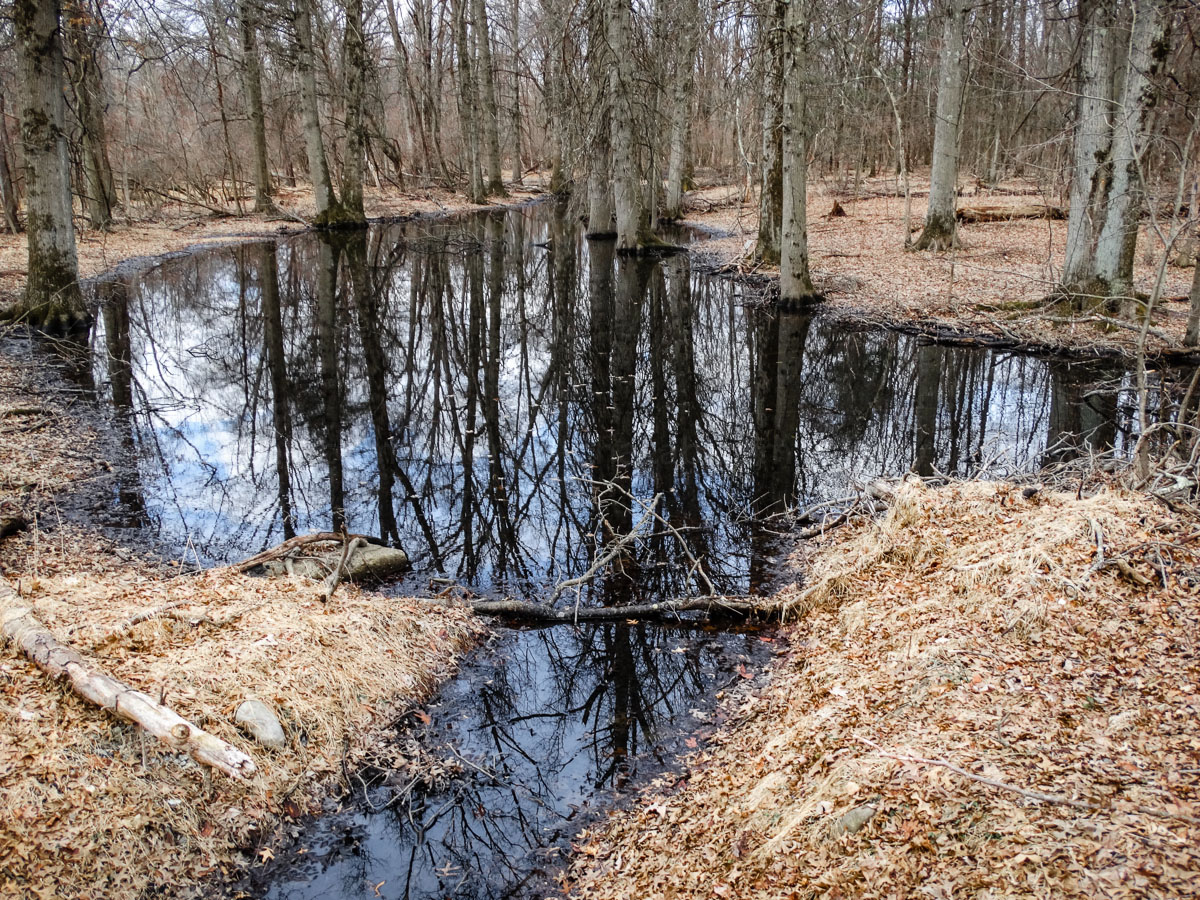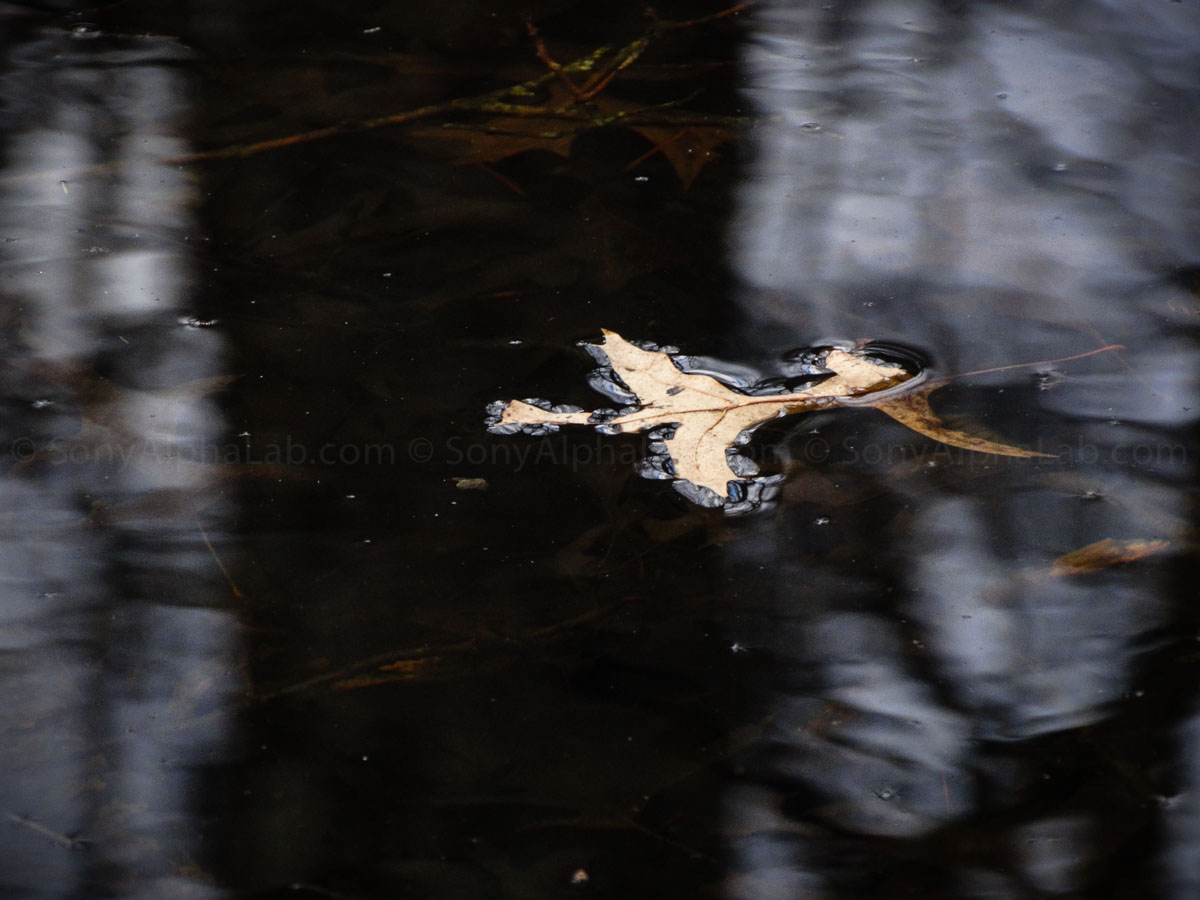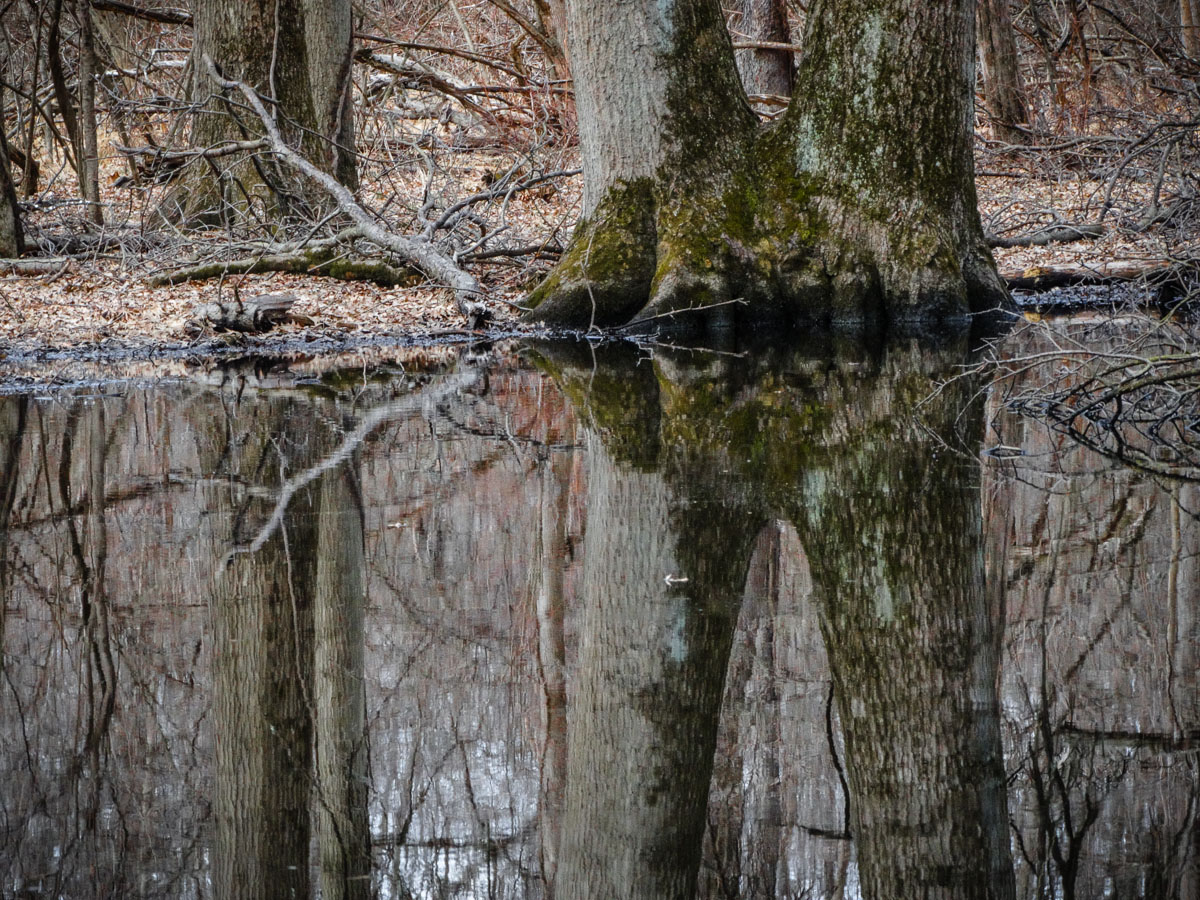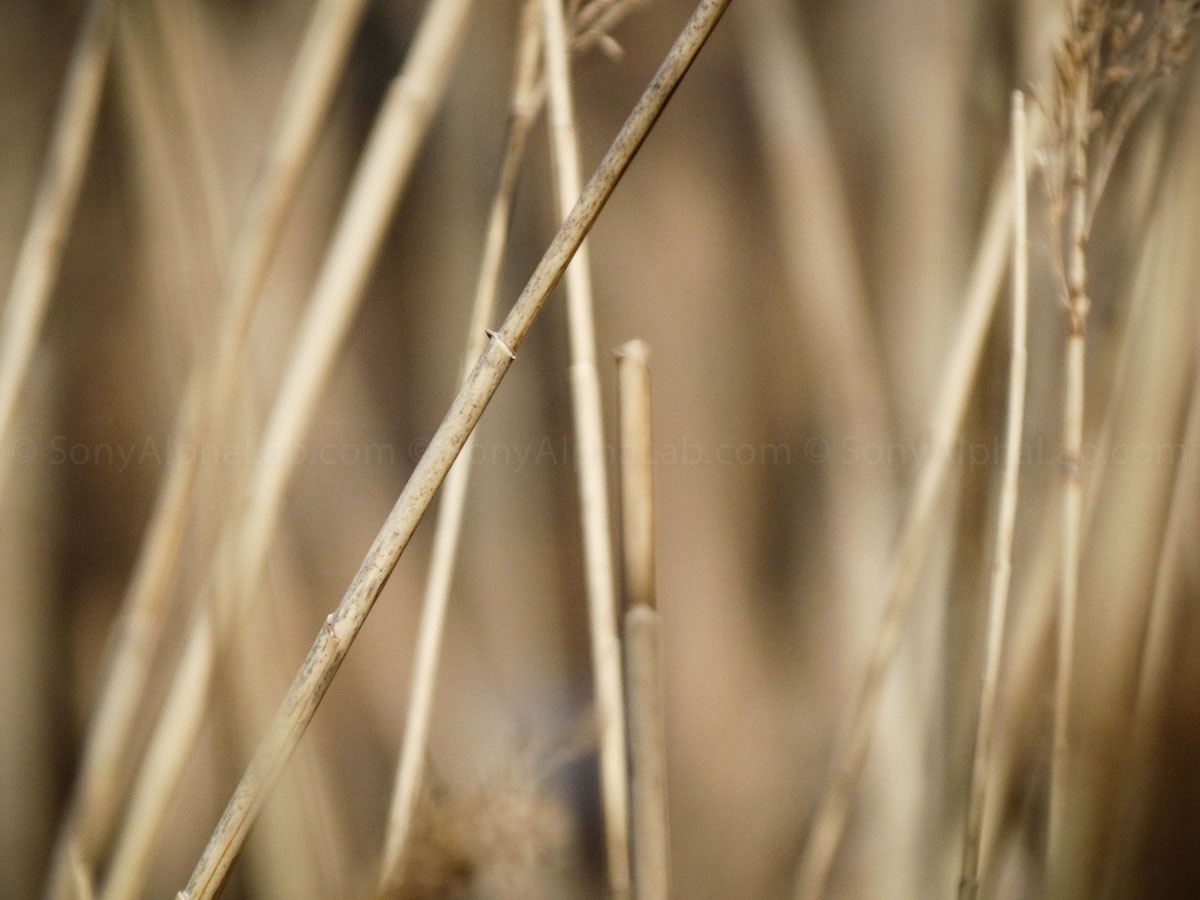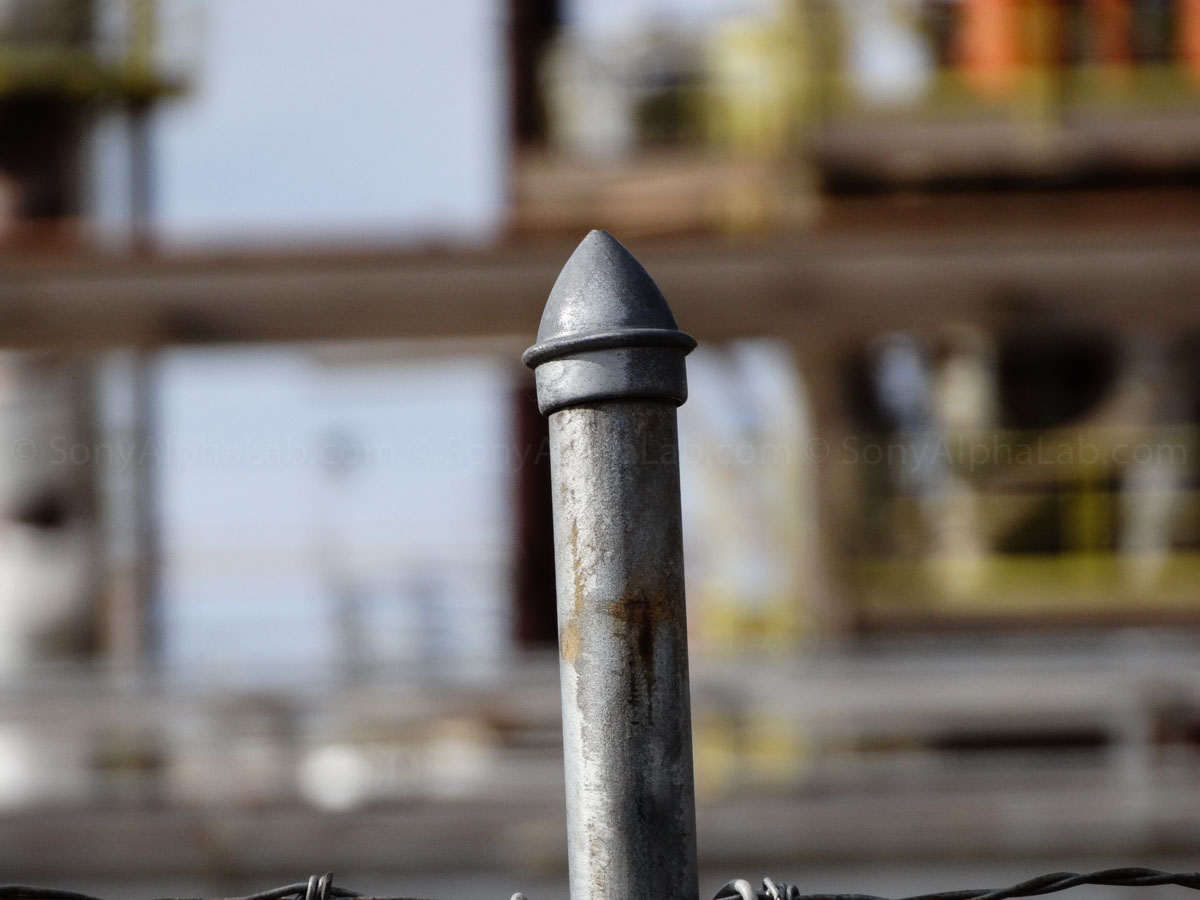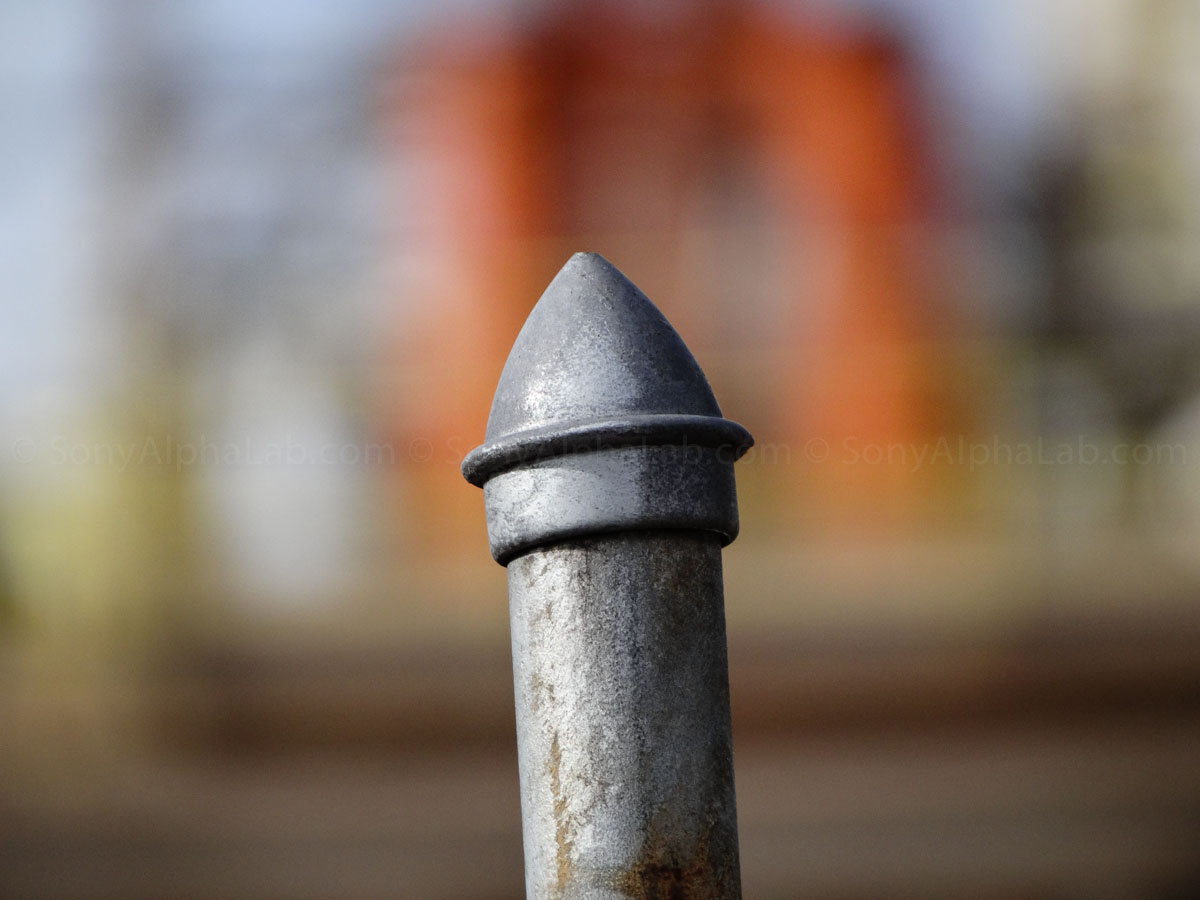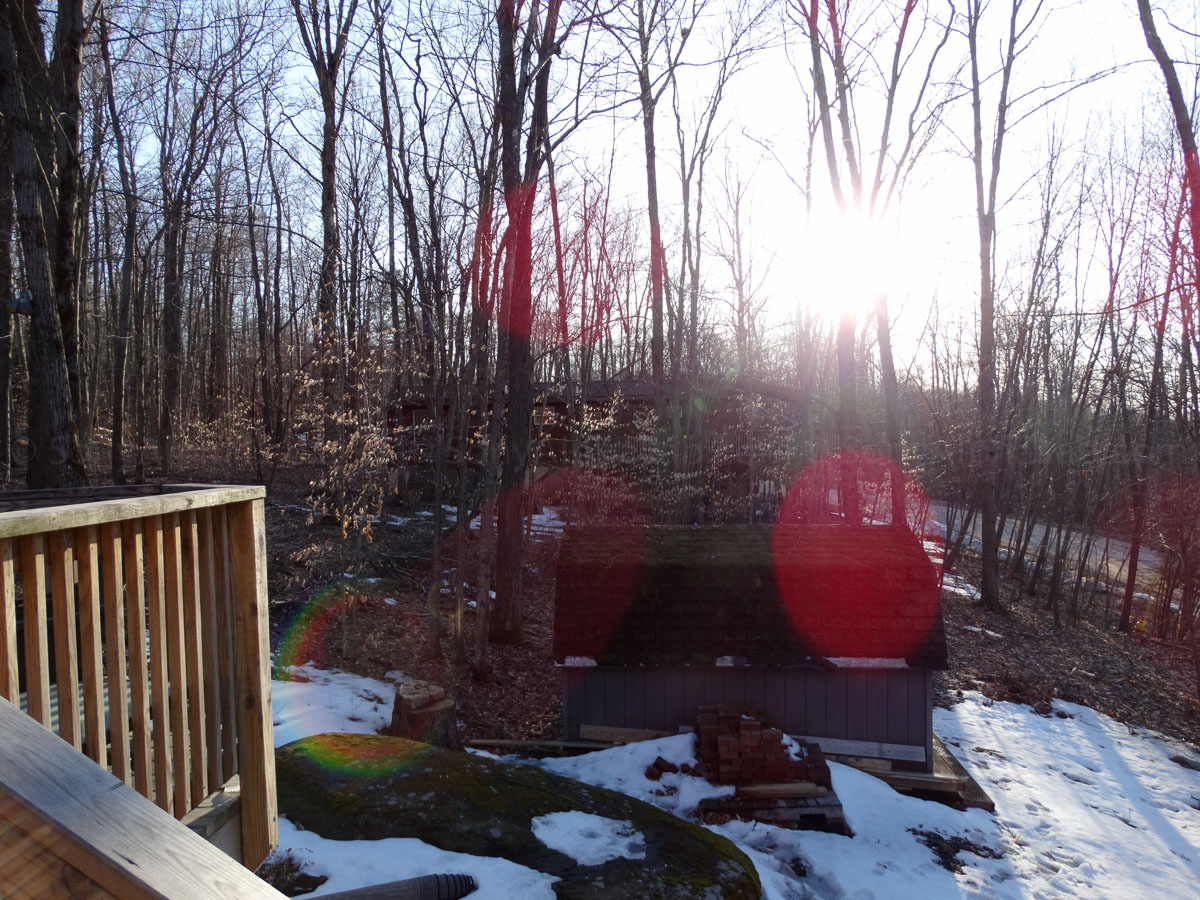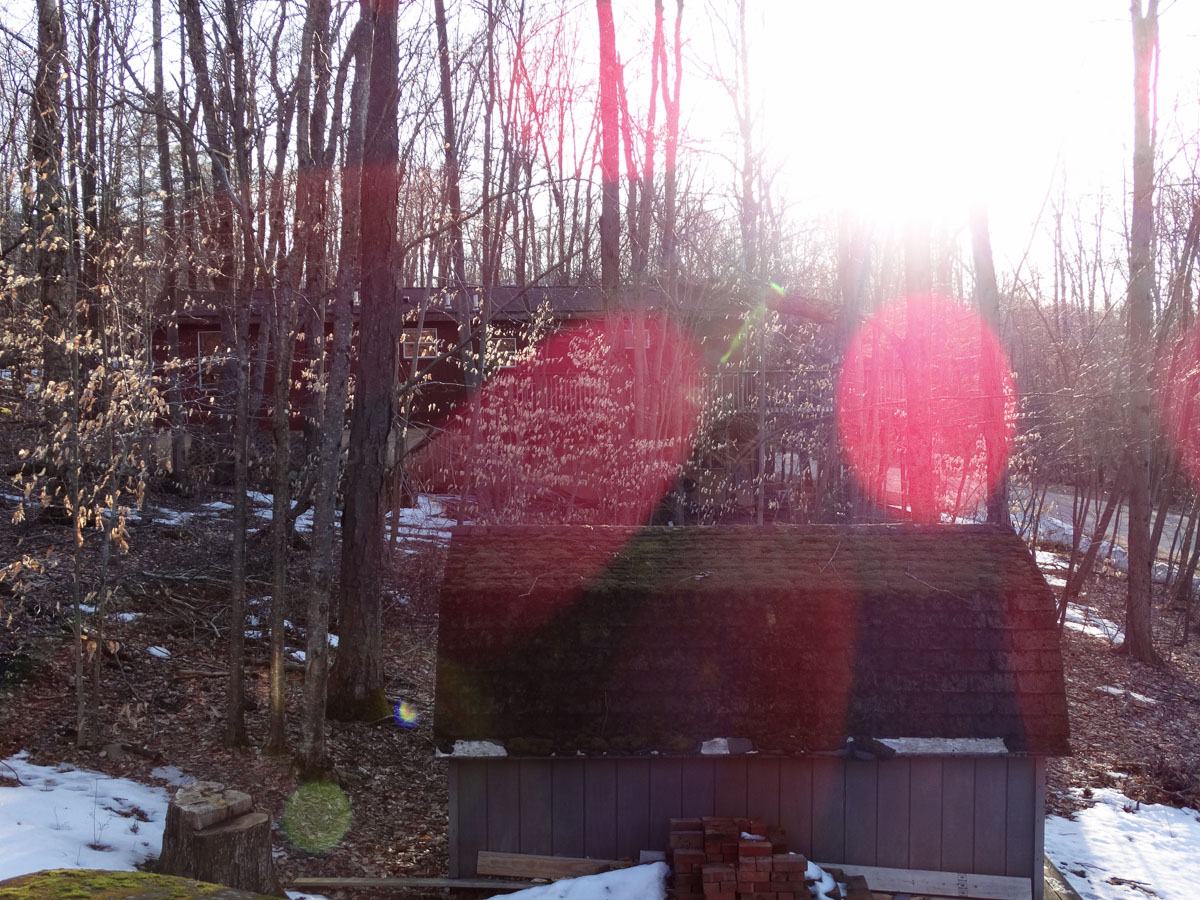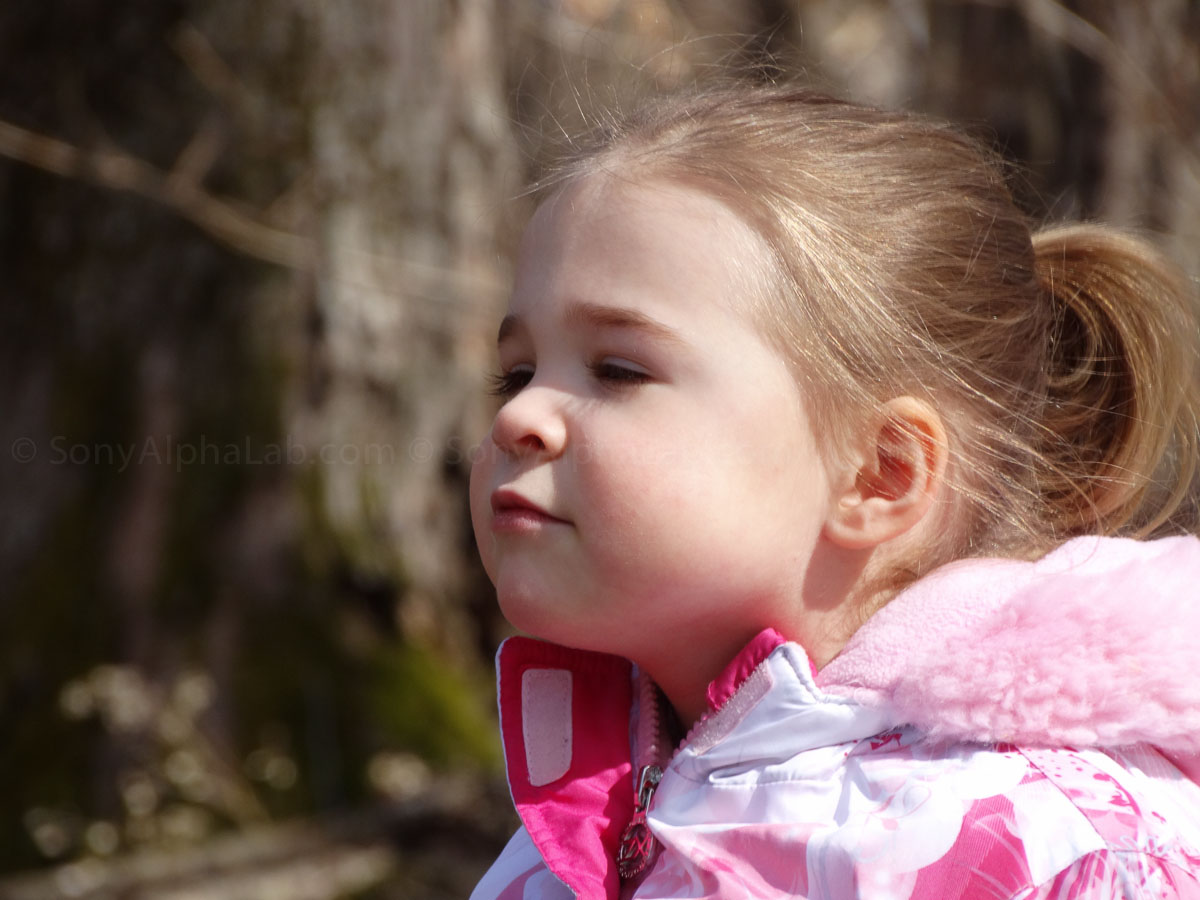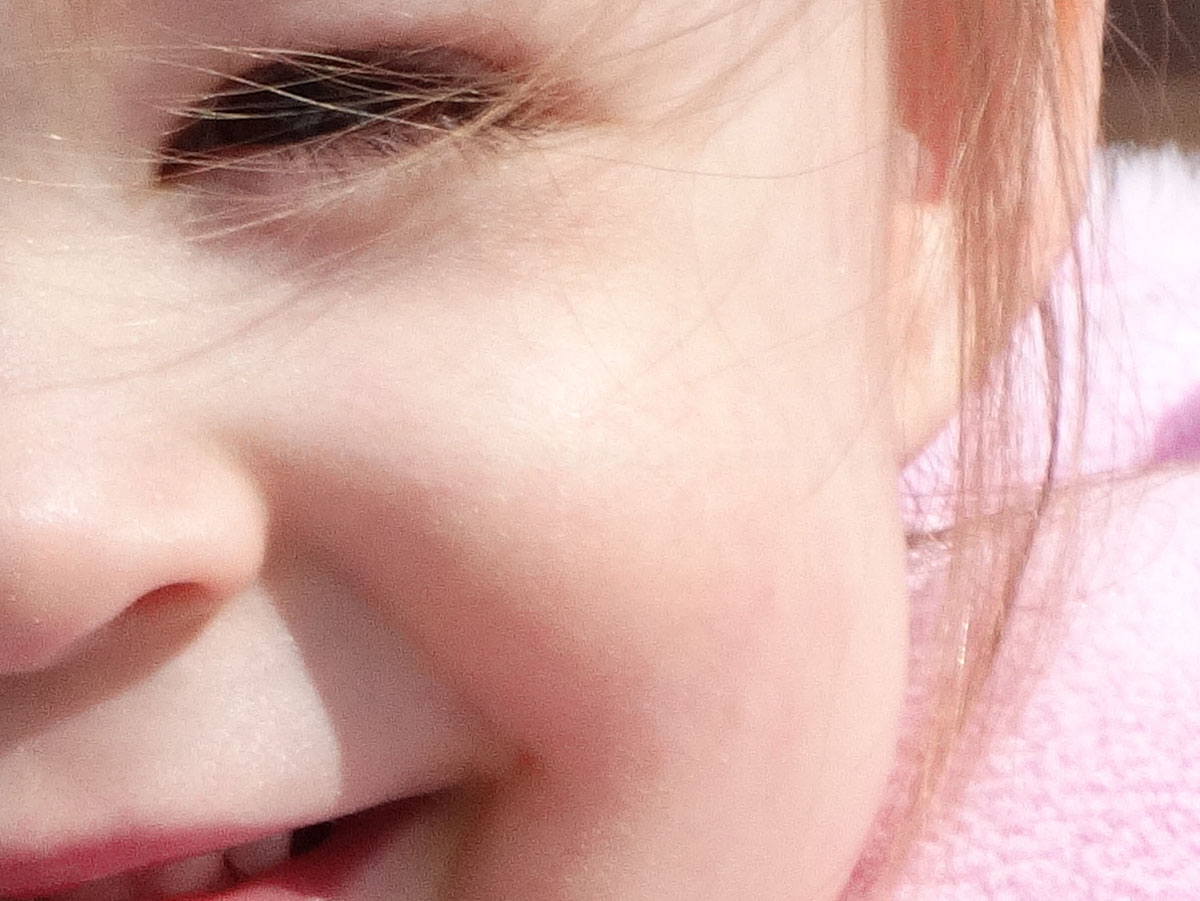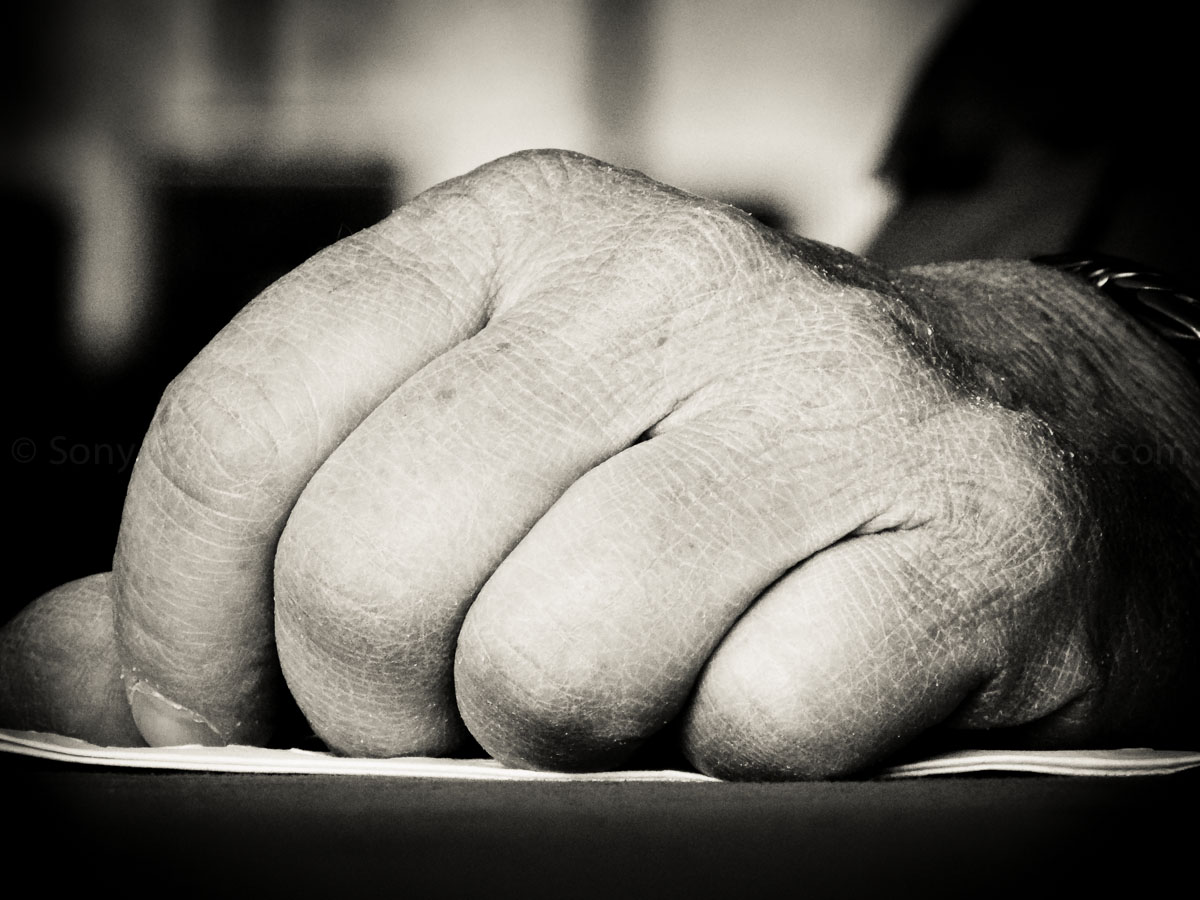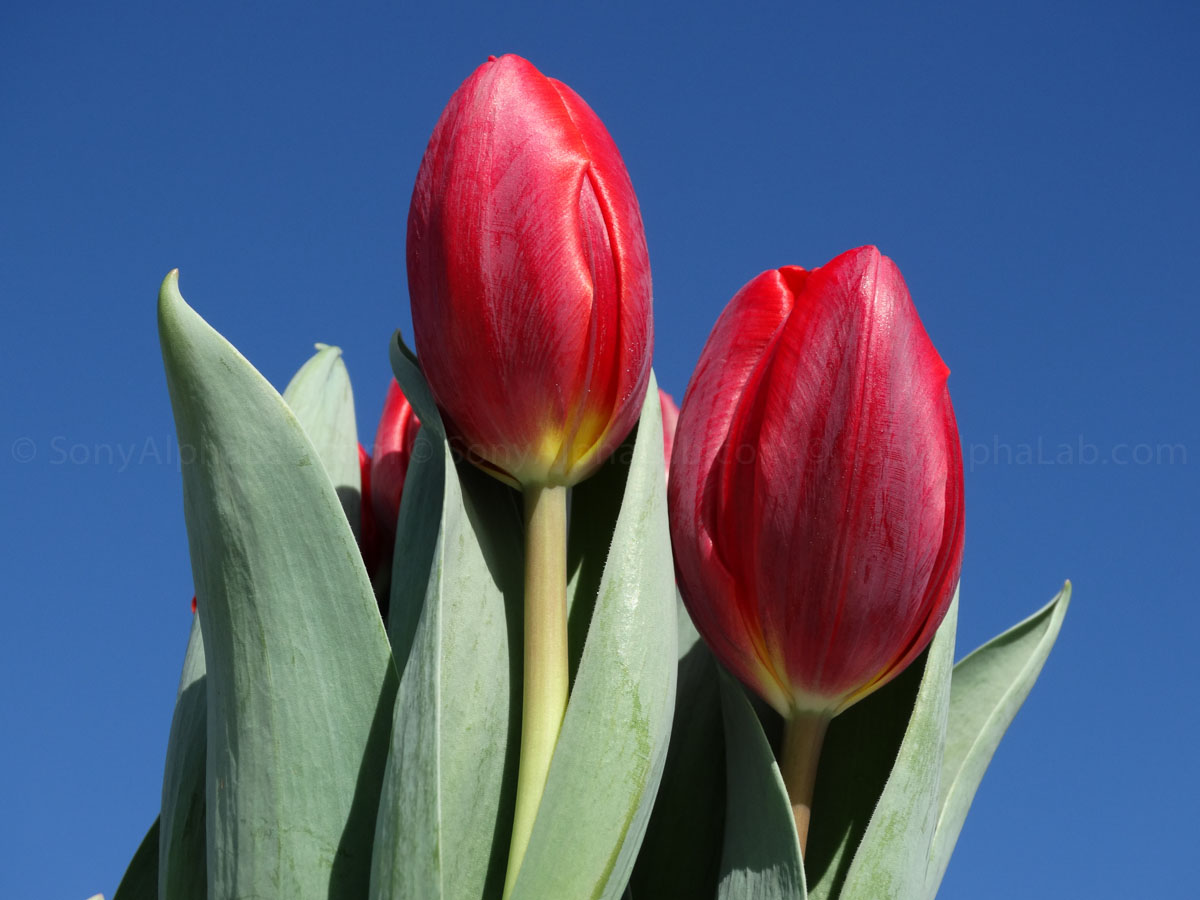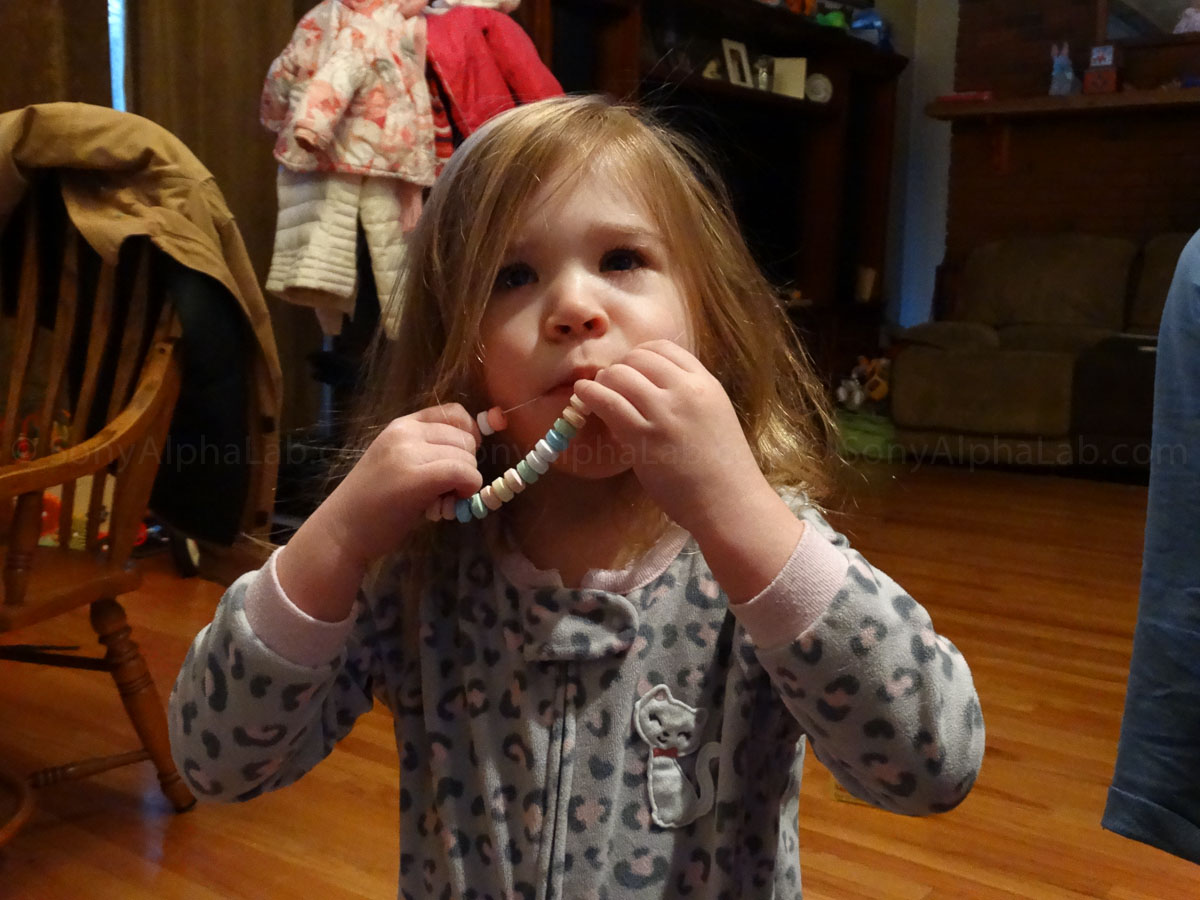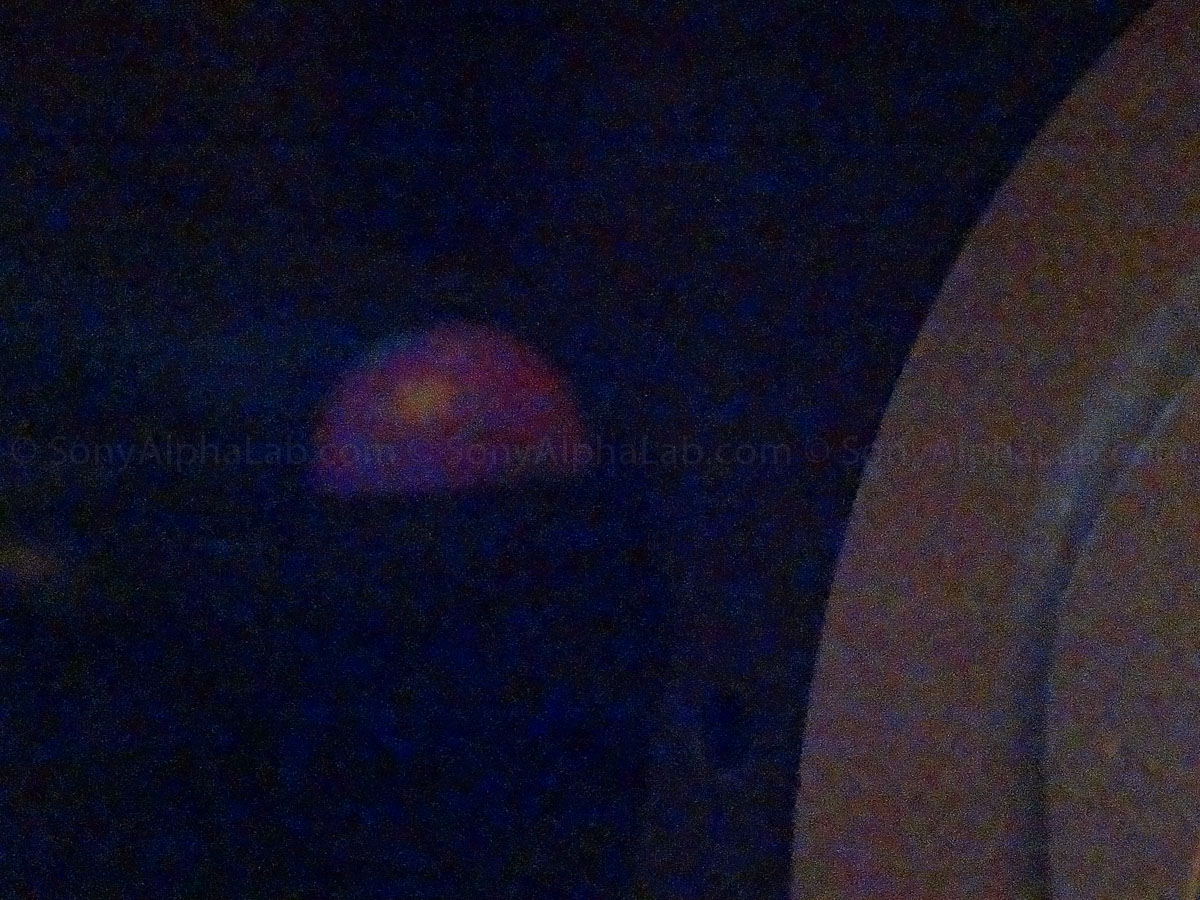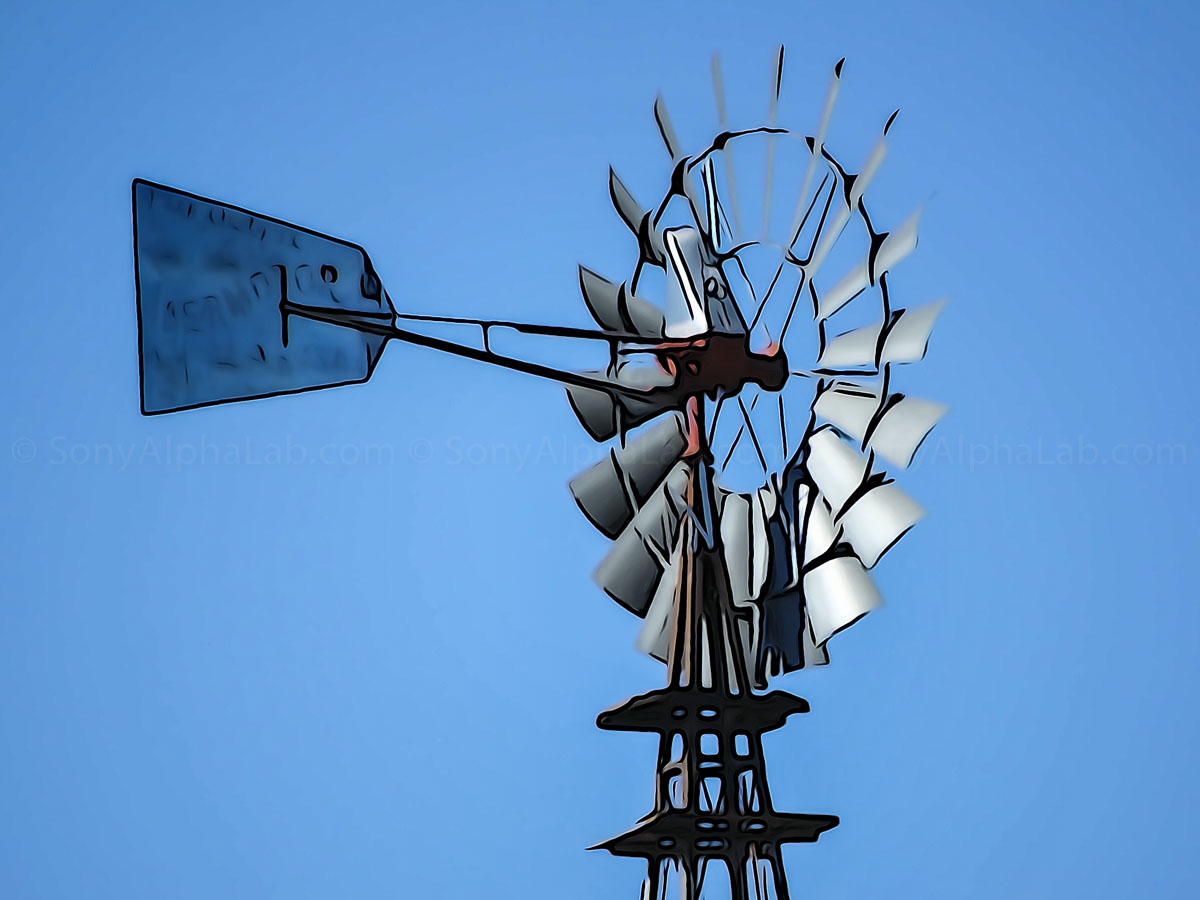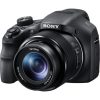In this Hands-On Sony Cyber-shot DSC-HX300 Review, I will go over everything you need to know coming from a real world user based perspective!! I took tons of sample photos and HD video including all sorts of subject matter in various lighting conditions and focal lengths. I was also extremely lucky to capture photos and video of a Bald Eagle in the wild up close thanks to the 50x zoom of the Sony HX300!! I also visited a really cool abandoned chemical factory, and took some video of the recent full moon, some ducks, dogs, and more!!
Read on if you want to see what the Sony DSC-HX300 can do in the real world under various real world conditions and testing!!
The Sony Cyber-shot DSC-HX300 is a mega-zoom, bridge style camera featuring a Carl Zeiss Sonnar-Vario T* 50x optical zoom lens!! Equivalent to a 24-1200mm in the real world, but a 4.3-215mm lens with a 1/2.3″ sensor size is what makes this huge focal range happen. That means it’s basically capable of going from wide-angle full stadium type shot, to a head shot with the same camera and lens for ~$498 US.
Optical SteadyShot Image Stabilization with 3-way Active mode is also part of the DSC-HX300 all in one package, and it works. Really well in fact, and does make it possible to get sharp shots and relatively smooth video at 1200mm hand holding. When you hit the record button for video, the 3-way Active mode initiates and the video just smooths right out. Really impressive and looks very similar to the way the Sony DSC-RX100 video performed using the electronic and OSS combo it was packing.
Features Breakdown:
- 20.4MP Exmor R BSI CMOS Sensor and BIONZ Image Processor
- Captures high definition images with sharp details and minimal noise, even in low light; offers speedy performance and response speeds, including fast burst shooting.
- 50x Optical Zoom Lens
- A powerful Carl Zeiss Vario-Sonnar T* lens with 50x optical zoom capability offers the 35mm focal length equivalency of a 24-1200mm lens, for wide-angle to super-telephoto reach. This is an incredibly long telephoto zoom lens able to capture subjects near and far. The maximum aperture of f/2.8 at the wide-angle end offers effective low-light imaging.
- 3.0″ Tiltable LCD Display with 921k-dot Resolution
- Still photos and movies can be clearly displayed on the 3.0″ Tiltable LCD display with 921k-dot resolution. Histogram and Grid Display are available and 5 brightness levels allow you to compose and view your images in any lighting situation. The tilting feature can adjust to remove glare and to shoot at low or high angles. An eye-level optical viewfinder is also available for image composition.
- Full HD 1080/60p Video Capture
- The DSC-HX300 can capture videos in clips up to 29 minutes utilizing the Full HD 1080/60p AVCHD format. Lesser resolution videos can also be recorded at 60 and 30 frames per second and dual record mode allows you to shoot photos and videos simultaneously.
- Optical SteadyShot Image Stabilization
- Optical SteadyShot image stabilization offers compensation to reduce the blurring effects of camera movement when shooting at slower shutter speeds. This is particularly effective when shooting in low light or at the longer focal lengths provided by the camera’s 50x zoom lens. Active 3-Way stabilization adds digital rolling control that counters clockwise and anti-clockwise rotation, resulting in more stable videos even at long focal lengths.
- Fast 10fps Burst Shooting
- The DSC-HX300 can shoot up to 10 frames per second in full 20.4MP resolution.
- Intelligent Sweep Panorama
- Intelligent Sweep Panorama mode takes Sony’s Sweep Panorama function to the next level with the addition of motion compensation. Even when subjects are moving in the foreground of your landscape, the HX300 can detect faces and moving subjects, intelligently stitching different widths together to minimize distortion. Simply press the shutter button and sweep the camera in the desired direction and the camera continuously shoots at a high speed, then seamlessly stitches the images together with automatic position adjustment to create one stunning panoramic image. Available in wide format and up to 360° full circle.
- Enhanced Superior Auto
- The Intelligent Auto function allows the camera to make the optimal settings based on its recognition of the scene you are shooting and Superior Auto provides blur-free results when shooting scenes with moving subjects.
- Advanced Flash
- Advanced Flash allows you to shoot bright, beautifully lit photos even when zooming. The built-in pop-up flash reaches farther resulting in brighter subjects in dimly lit rooms or outdoors in the evening.
- Bridge Camera Design
- The DSC-HX300 is a “bridge” camera with the ease of use akin to a point-and-shoot, but the design and control of a DSLR. With a relatively large body and ergonomic hand grip you have the advantage of secure handling and control when shooting. Manual zoom and focus rings offer smooth adjustments, a convenient top-plate dial makes changing modes easy, and an optical viewfinder offers eye-level composition and shooting stability.
- Manual Exposure Control
- Manual control of aperture, shutter speed and ISO is offered with P/A/S/M modes.
- Face Detection and More
- Face Detection allows you to take better portraits and group shots. It recognizes up to 8 faces within your image and adjusts the camera for optimal exposure of faces. Blink Detection and Smile Shutter Technology help you get the best shot by recognizing the ideal moment to release the shutter.
- Tracking Focus and Face Tracking Focus
- Tracking Focus makes it easier to capture clear shots of moving subjects by having the focus automatically adjust while you follow the action with the camera. Face Tracking will hold focus on a selected face while you await the perfect moment to shoot.
- Background Defocus
- Background Defocus allows you to blur the background on an image in order to put more emphasis on the clearly focused subject in the foreground. It is a useful effect for portraiture.
- Picture and Beauty Effects
- Picture Effect adds creative expression to photos, making ordinary landscapes and portraits special by heightening mood and emphasizing certain attributes. Nine different effects such as watercolor and partial color can add interesting touches to your images. Beauty Effect works similarly, letting you add color to cheeks and whiten teeth. Other in-camera editing is available such as trimming, unsharp masking, red-eye correction and date view.
- Erase and Protect Features
- Erasing and protecting images can be done in various modes: Single Image, Selection of Images, by Date, by Folder and by AVCHD format.
HX300 Specs:
| Camera Type | High zoom |
| Imaging Sensor | Imaging Sensor: 1/2.3″ Exmor R CMOS sensor Pixel Gross: 21.1 MP Effective Picture Resolution: 20.4 MP Color Filter System: RGB primary color filters |
| Media Type | Optional Memory Stick Duo (No movie recording), optional Memory Stick PRO Duo (Mark 2 only for movie recording), optional Memory Stick PRO-HG Duo optional SD Memory Card (Class 4 or higher), optional SDHC Memory Card (Class 4 or higher) |
| Still Image Max Effective Resolution | Approx. 20.4 Megapixels |
| Still Image Size | 16:9 mode: 15M (5,184 x 2,920) / 2M (1,920 x 1,080) 4:3 mode: 20M (5,184 x 3,888) / 10M (3,648 x 2,736) / 5M (2,592 x 1,944) / VGA |
| Panorama Still Image Size | Sweep Panorama: 360 (11,520 x 1,080) / HR (10,480 x 4,096) / Wide (7,152 x 1,080/4,912 x 1,920) / Standard (4,912 x 1,080/3,424 x 1,920) |
| Video Format | AVCHD Ver2.0/MP4 |
| Video Mode | AVCHD 60i/60p: 28M PS (1,920×1,080/60p) / 24M FX / 17M FH (1,920×1,080/60i) / 9M HQ (1,440×1,080/60i), MP4: 12M (1,440×1,080/30fps) / 6M (1,280×720/30fps) / 3M VGA (640×480/30fps) |
| Dual Record | Yes |
| Audio Format | AC3 (Stereo) |
| Microphone/Speaker | Stereo/mono |
| Wind Noise Reduction | Off / On |
| Lens Type | Carl Zeiss Vario Sonnar T |
| Optical Zoom | 50x |
| Focal Length (35mm equivalent) | Still 16:9: 26-1300mm / Movie 16:9: 26.5-1325mm (SteadyShot Standard) 28-1850mm (SteadyShot Active) / Still 4:3: 24-1200mm / Movie 4:3: 32.5-1625mm (SteadyShot Standard) 34.5-2300 (SteadyShot Active) |
| Lens Construction | 15 elements in 10 groups(including 1 superED glass element, 2 ED glass elements, and 3 aspheric elements) |
| Minimum Focus Distance | iAuto: AF (W: Approx. 1cm (0.03 ft.) to Infinity, T: Approx. 240cm (7.87 ft.) to Infinity) / Program Auto: AF (W: Approx. 1cm (0.03 ft.) to Infinity, T: Approx. 240cm (7.87 ft.) to Infinity) |
| Steady Shot Mode: Active | Yes |
| LCD Display | LCD Type: 3.0″ Xtra Fine LCD (921K dots) – tiltable Brightness Control: 5 (Bright) / 4 / 3 / 2 / 1 (Dark) Histogram: Yes (On/Off) Grid Display: Yes |
| AF Modes | Multi Point AF/Center Weighted AF/SpotAF/Flexible Spot AF/Manual/Face Tracking Focus |
| AF Illuminator | Auto / Off |
| Metering Modes | Multi Pattern / Center Weighted / Spot |
| Exposure Compensation | Plus / Minus 2.0EV, 1 / 3EV step |
| Scene Modes | High Sensitivity / Soft snap / Soft Skin / Landscape / Night Portrait / Night Scene / Handheld Twilight / Gourmet / Beach / Snow / Fireworks / Pet mode / Anti-motion blur / Backlight Correction HDR / Advanced Sports Shooting |
| ISO | Auto / 80 / 100 / 125 / 160 / 200 / 250 / 320 / 400 / 500 / 640 / 800 / 1000 / 1250 / 1600 / 2000 / 2500 / 3200 / 4000 / 5000 / 6400 / 8000 / 10000 / 12800 |
| White Balance Mode | Auto / Daylight / Cloudy / Fluorescent 1 (White Fluorescent Lighting) / Fluorescent 2 (Natural White Fluorescent Lighting) / Fluorescent 3 (Day White Fluorescent Lighting) / Incandescent / Flash / One Push, One Push Set / White Balance Shift |
| Self-Timer | Off / 10sec. / 2sec. / portrait1 / portrait2 |
| Shutter Speeds | iAuto (4 – 1/4000) / Program Auto (1 – 1/4000) / Aperture Priority (8 – 1/2000) / Shutter Priority (30 – 1/4000) / Manual (30 – 1/4000) |
| Burst Mode | Approx 10 fps at 20.4MP (Maximum 10 shots) |
| Flash Modes | Auto / Flash On / Slow Synchro / Rear Slow Synchro / Flash Off / Advanced Flash |
| Flash Coverage | ISO Auto: Approx. 0.5m to 8.5m (1.64 ft. to 27.89 ft.) (W) / Approx. 2.4m to 3.5m (7.87 ft. to 11.48 ft.) (T), ISO3200: up to Approx. 12.0m (39.37 ft.) (W) / Approx. 5.1m (16.73 ft.) (T) |
| Red-Eye Reduction | Auto / On / Off |
| Erase/Protect | Erase: Single / Select / Date / Folder / AVCHD Protect: Single / Select / Date / Folder / AVCHD |
| Power Save Mode | Standard / Max / Off |
| Advanced Features | Anti Motion Blur: Yes Sweep Panorama: Intelligent Sweep Panorama (360) Face Detection: 8 faces Smile Shutter technology: Yes Image Stabilization: Optical SteadyShot Image Stabilization with 3-way Active mode Intelligent Auto Background Defocus Superior Auto Tracking Focus (Off / Auto) Blink Detection |
| Memory Card Slot | MS Duo and SD/SDHC compatible |
| HD Output | Micro HDMI |
| USB Ports | Multi (AV/USB), Hi-Speed USB (USB2.0) |
| Battery Type | Lithium ion NP-BX1 3.6V |
| Battery Capacity | 4.5Wh (1240mAh) |
| Power Consumption (in Operation) | Approx. 1.3W (EVF:Approx. 1.1W) |
| Power Requirements | AC 100V to 240V, 50/60 Hz, 70mA |
| Dimensions (WxHxD) | 5.1 x 3.7 x 4.1″ (129.6 x 93.2 x 103.2mm) |
| Weight | 1.4 lbs (650g) |
Sony DSC-HX300 – A Closer Look
With a permanently affixed 1200m capable lens, the Sony DSC-HX300 is still relatively compact for a DSLR like design. This makes it a true Bridge Style Camera!!
Below is a closer look at the Carl Zeiss Vario-Sonnar T* lens with 50x optical zoom capability which offers the 35mm focal length equivalency of a 24-1200mm lens, for wide-angle to super-telephoto reach. With a maximum aperture of f/2.8 at the wide-angle end the hx300 offers effective low-light imaging. On the high zoom end the max aperture is f/6.3. The lens is comprised of 15 elements in 10 groups including 1 super ED glass element, 2 ED glass elements, and 3 aspheric elements. This high quality glass is standard when it comes to Zeiss lenses, but not normally used on a camera with this price point and incredible zoom range!
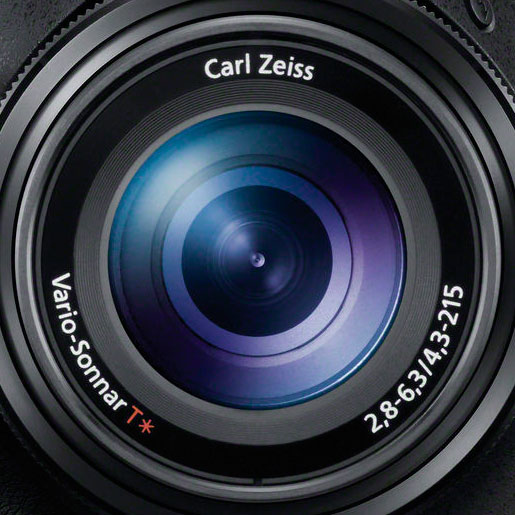
You can zoom the lens by turning the zoom collar, or using the toggle surrounding the shutter release button. I preferred the toggle for the smoother in and out zooming. If I wanted to go to full zoom or full wide angle fast, turning the lens zoom collar was the way to go though. The slide switch on the side of the lens switches you to manual focus ans the lens ring becomes your focus! Unfortunately there is no focus peaking feature, but perhaps a firmware update will provide this for the hardcore manual focus fans.
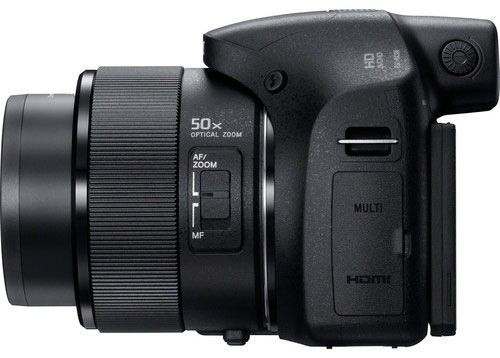
From the side you can see how the viewfinder protrudes out ward so your noise isn’t totally smashed up on the screen. You can also swivel the screen out of the way to get even more clearance for the nose 😉
Note the focus button and the custom button on the top right of the camera. I programmed the custom button to the metering mode option and then had everything I needed at my fingertips, literally. I did not have to go into the menu for anything after setting the custom button, unless I wanted to use the software processing features like Illustration mode or cropping for example.
You also have the LCD/EVF viewfinder toggle button and the separate on/off button. I really like all the physical buttons as it raised the bar of quality in most cases, and makes professional users like myself very happy to use the camera. On the other-hand, the beginner photographer can easily start off using the auto modes, and progress towards the full manual options available as the knowledge base grows.
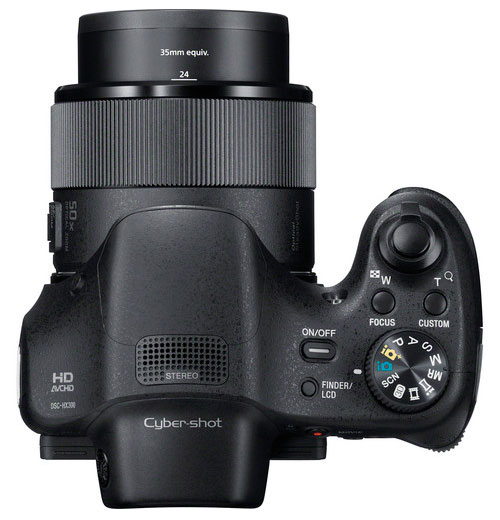
Also notable is the thumb rest that is bumped out for confident hand-holding. It also has a spinning button that will highlight various options on the screen when shooting in the creative modes, such as ISO, and Aperture. You can toggle through and then spin the wheel to adjust the given setting which is very efficient once you get the hang of it. I used it to change the ISO 99% of the time as I was in aperture priority mode mostly, usually shooting wide-open.
The movie record button is conveniently placed for immediate thumb access as well, and has a raised ring around it ensure no accidental presses. Really nice job addressing this on-going issue Sony engineers!!
Below that we have the playback button which will bring to your photos and videos which now appear in the same area!! Another essential and note worthy improvement by Sony. Thank you for fixing this and listening to the Sony users. When in playback mode you can use the zoom toggle to get a nice smooth zooming in and out of your photos. Another really nice enhancement to the on camera user experience in my opinion.
Next, we have the 4-way toggle which will get you to all the other essential options you may need like flash, self timer, and rapid fire modes, and the Display (screen overlay information options). Lastly we have the menu button which is self explanatory, and the trash can for deleting images in playback mode, and the user help guide as default which can be disabled in the menu if you want!
In this cut-away image you can see what the inside looks like, and specifically how small the sensor is in comparison to the front lens element. Not a bad thing in this case mind you, as this is how the mega-zoom abilities, 3-way active image stabilization, and powerful optical steadyshot abilities are achieved. The smaller sensor makes all this performance reasonable on the wallet while still producing very good image quality.
DSC-HX300 – Sample Photos
Bald Eagle
Check out this Bald Eagle Photo I got the other day with the Sony DSC-HX300 @ 1200mm hand-held out of the car window!! I was using Auto ISO in A mode. Exif info in www.1xesports.com the caption area just below the images!!
This fishing lure was hanging from the phone cable just below the Bald Eagle as you will see in the HD Video sample video later in the review. Notice the buttery bokeh the Zeiss lens offers when in the right situation 😉
The Moon
Here’s the Full Moon that I grabbed the other day on the way to work @ almost 1200mm, hand-held.
And this moon photo was taken the day after as the sun was starting to come up behind me. Hence the slight warmth on the moon.
Nature
A pretty scene just down the road from where the eagle was, and it’s relatively easy to get a variety of compositions from just one spot.
Some tall grass with a very narrow depth of field!! Being very close to the subject while using a very high focal length with give you this killer DOF every time! Just like the lure photo above. I did raise the ISO to ISO 200, for these next three images because the tall grass was blowing back and forth in the breeze and I wanted to make sure to freeze it! Full Exif info below images.
Abandoned Chemical Factory – Sample Photos
When using a bridge style camera like the DSC-HX300, you can get excellent separation from the backgrounds by zooming in to your subjects!!
Shooting Thru a Fence
Check out what happens when you zoom in and shoot thru a fence, like at the Zoo for example, but in this case a Chemical Factory.
Here’s the wide angle version, and note the American flag on the distant water tower and how everything is sharp front to back.
Zoomed in to the flag. How killer is that Zeiss lens bokeh?? I love it!
Shooting Into the Sun – Lens Flare
When shooting towards the sun it’s normal to get some lens flare if the sun is actually in the photo. Below is an example of what it looks like in the given scene. Once I zoomed in enough to cut out the sun from the frame, the lens flare went away just so you know.
Portraits of Layla
I posed Layla on the rock wall out back so I would be able to zoom in a bit and the background pretty far from her as well. This gave me nice separation from the background just like the fence post photos and fishing lure shots above 😉
Easter morning with her hair all done up nicely 🙂
My Dad’s Hand
I converted this photo to BW in Lightroom 4.
Some Tulips
High ISO Sample Photos
A few DSC-HX300 high ISO sample photos taken indoors under horrible lighting conditions.
ISO 2000
ISO 12800
On Camera Flash
This is just a snapshot of Layla on Easter morning, but the on camera flash did the job well in my opinion.
Hand-Holding DSC-HX300 at High Zoom
I want to emphasize that it is pretty hard to get a tack sharp shot at 1200mm. Don’t think you can just hand-hold this camera, zoom to 1200mm, and start snapping away hap haphazardly. This will leave with blurry pics and frustration at the camera. Even the slightest camera shake gets amplified at the end of the lens, and when using a 1200mm,it’s really noticeable. Steady hands?
Sony decided to keep the shutter speed relatively slow at 1200mm when using Auto ISO. In good light for example, I often had a shutter speed of 1/250sec or 1/320sec at 1200mm. This is not fast enough to hand-hold in my opinion unless you are rock solid steady. I’m talking holding your breath, arms in at your chest, and preferable leaning on something. The car engine idle causes way to much camera shake to effectively hand-hold at 1200mm if that helps paint the picture for you. The OSS is awesome, but 1200mm is an incredible amount of zoom to deal with and you really need to consider that when aiming for a sharp shot at max zoom. Sony does let you know on the screen that your shot might be blurry with a little blinking shake icon!!
What to do in these situations??
To get a much better sharp shot hit rate at the higher zoom ranges, you can take the ISO off Auto, and raise it up to insure your shutter speed is fast enough for your needs. Better yet, use a tri-pod, mono-pod, or place the camera on something to help steady it. If you are using a tri-pod, keep the ISO low, and use the 10sec self-timer to let the camera settle down before the shot is actually taken. Pressing the shutter causes a ton of shake at 1200mm, even on a tri-pod!!
Sony DSC-HX300 – Tips for Getting Sharp Shots at 1200mm Hand-Held!!
Illustration Mode
If your a fan of my reviews you may remember when I went nuts using Illustration mode with the Sony RX100 a while back (Click Here). That was the first time I had ever used the illustration mode feature, but since then have used it often. Here a few samples using the illustration mode feature via the playback menu features. So in other words, I created these illustrations, days after I took the photos by pressing the menu button while viewing the photo on the memory card. You will then have some cropping options, and picture effect features like illustration mode.
Sony DSC-HX300 – Sample HD Video
I have over 8 minutes of sample video below, so be sure to sit back and relax.
Conclusion
This truly is a Bridge Camera design that both the pro and beginner can appreciate and enjoy I believe. I would love to own this camera for the killer lens reach, excellent HD Video, and all-in-one versatility. The feature set is also very solid although not having raw is a little bit of a bummer, but I got over that quick after zooming.
Image Quality
The image quality is really good considering the small sensor size and insane 20mp pixel density. When looking at 100% crops, the images are of lesser quality than the much larger sensor equipped cameras. However, the small sensor is why this camera has so much zoom magnification and is also relatively compact considering. In my opinion, a less pixel dense sensor would have been the way to go, but mega-pixels do sell unfortunately. When Comparing the image quality to an APS-C sized sensor camera like my Nex-6, the DSC-HX300 is not as good. The large 1? sensor on the Sony DSC-Rx100 has much better image quality than the DSC-HX300 as well. Sensor size matters!! The compromise is there for sure, but how else can you get 1200mm zoom for less than $500 US, and still get great image quality?? Seriously, the photos above look really good, and if your not printing larger than 8×10 or 11×14, it really is almost a wash in a lot of cases.
The way I look at the smaller sensor image quality compromise when comparing to the much larger sensor cameras image quality is this: I would have never been able to get the photo otherwise most likely, and/or It was super convenient to just bring the all in one super zoom, and/or The cost to versatility ratio is incredible, and/or You have any idea how much a high quality 1200mm lens can cost!!
High ISO is pretty good considering the sensor size and lens speed combination. Shooting on the wider side(24mm), helps speed things up on the lens(F/2.8), which will keep the ISO down as low as possible. Once you get above ISO 1600 it’s pretty degraded at 100% crop, but still pretty decent at normal size. Again, the super high pixel density helps and hurts at the same time with the High ISO / detail retention.
Build Quality and Ergonomics
The DSC-HX300 build quality is really good considering the price point. Grip is nothing short of awesome, and the articulating rear LCD screen High Res, so seeing details is very easy. It feels really good in my hands, just like the Nex-6 does. It’s also feels really well balanced as far as size to weight, front to back ect..
The EVF (electronic viewfinder) is a little weak I must admit, especially in the Dynamic Range department. It is hard to see the detail in super bright or dark conditions when using the EVF. In normal shooting conditions that I used 95% of the time, it worked great though. The EVF on my Nex-6 is significantly better for a comparison, and that makes sense considering the stand-alone OLED EVF is ~$260 US. Sony had to cut costs somehow, and this is one of the areas that is noticeable to me. The lens is sharp across the board, and OSS works really well. Especially in video Active-mode!!
Battery life is pretty good. I used the camera for days before it needed a charge, and when I plugged the camera into my Mac to get the images off, the battery automatically charge itself. I found this quite convenient, and just ended up just leaving the HX300 plugged in after I sucked the photos off each day. The camera would shut-off by itself when the battery was fully charged.
Real World Usability and Versatility
I find the Cyber-shot DSC-HX300 Menu system very user friendly coming from the picture based Nex camera system and the other pro menu systems like the A77 or Nex-7. The Menu on the HX300 is a hybrid of the Pro and Picture based menus in my opinion, as it has small thumbnails for easy visual recognition, and also has the pro style text-based info.
This camera is perfect for a trip to the Zoo or Wildlife Outing, Outdoor Sports, Street Photography, Mild Macro, Ameture Birding, and for just zooming in on stuff that is otherwise not reachable. I was able to take so many photos with this camera that I would have never been able to take otherwise.
It’s really easy to use until you get up to the 800-1200mm area where camera shake becomes a serious issue!! Once you get in the Mega-Zoom territory, you really need to brace yourself, lean on something, or use a tri-pod, to guarantee sharp shots. This should be expected for such magnification in my opinion.
As you can see from my sample photos sharp shots at 1200mm can be done hand-held and/or leaning on something. I do have a pretty steady hand and significant experience on my side though. It takes some practice to get really steady, and holding your breadth also helps dramatically!
Closing Remarks
I hope you all got something out of my Sony Cyber-shot DSC-HX300 Review, and please be sure to ask questions, or leave comments below if you like.
Purchase the Sony Cyber-shot DSC-HX300 @ BHPhotoVideo (Click Here)

